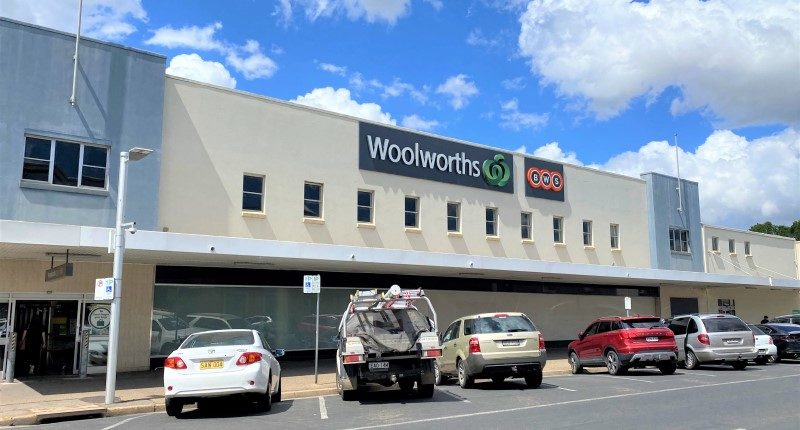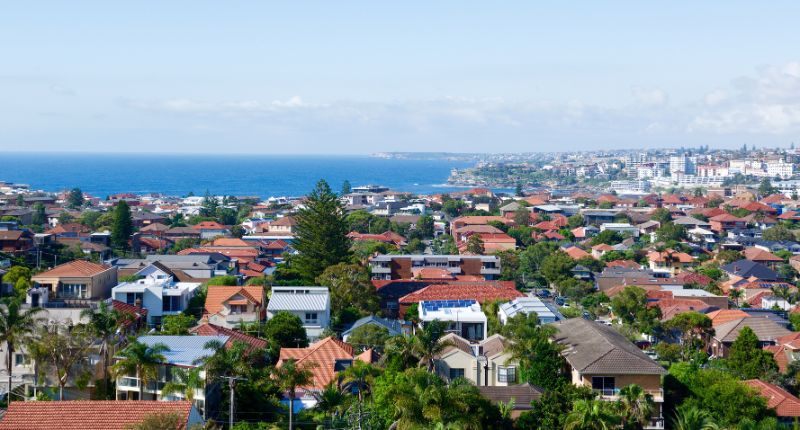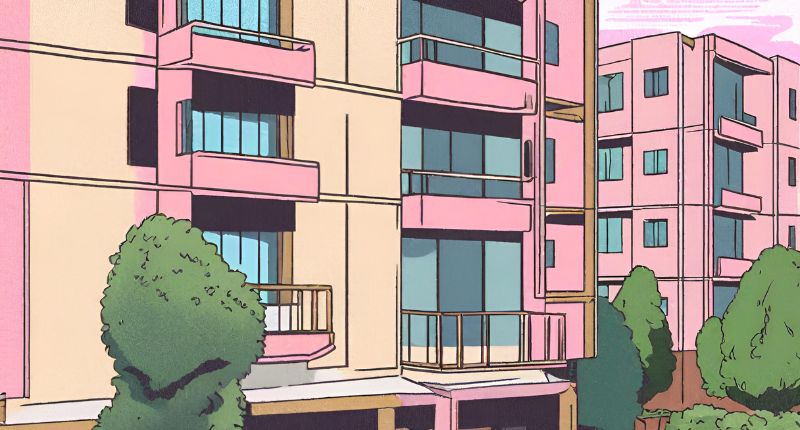- Sale was transacted in late 2021 but was only recently settled
- Site occupies over 9,000 sqm of land
- Comes as the retail convenience sector remains robust
Adelaide-based fund manager Parkstone has acquired the Woolworths supermarket in Wagga Wagga for $20 million.
While this sale was transacted off-market in late 2021, it has only been recently settled and reflects a tight 4.5% yield.
This was one of only two freestanding supermarkets sold in New South Wales last year. Additionally, these two sales were transacted at a yield sharper than deals of a similar nature in 2020.
The 18-34 Gurwood Street, North Wagga site occupies over 9,000sqm of land, with two street frontages and flexible B3 Commercial Core Zoning.
“The property was transacted with a new 10-year lease extension commencing mid-2022, that involved a major store refurbishment,” added Steven Lerche of Savills who facilitated the sale.
“There is a deep buyer pool for a retail asset of this calibre, the price and yield achieved for Wagga off-market surpassed yields paid for Woolworths Orange and Lithgow in 2020”
Steven Lerche, Savills
Both of these deals were brokered by Mr Lerche and colleague Andrew Palmer.
Typically, single-tenanted assets have low yields thanks to the attractiveness of this type of ‘sit and forget’ investment and the relatively robust nature of the convenience retail sector.
Recent regional retail sales include Coles Victor Harbour in South Australia, which sold for $33.5 million at a yield of 4.1%. Coles Woodend (about an hour from Melbourne) sold for $33.3 million at 4.33% yield.
Both of these were brand-new developments. Woolworths Kyabram also sold in 2021 for $23.8 million, representing a 4.84% yield.
In the metropolitan markets, supermarket sales tend to attract tighter yields such as the Woolworths in Schofields that transacted for $37.5 million at 3.75% yield and North Balwyn Woolworths which sold for $45.7 million, representing a yield below 3%.
It should be noted that metropolitan supermarket sales also command higher prices and sharper yields due to future mixed-use development opportunities.








